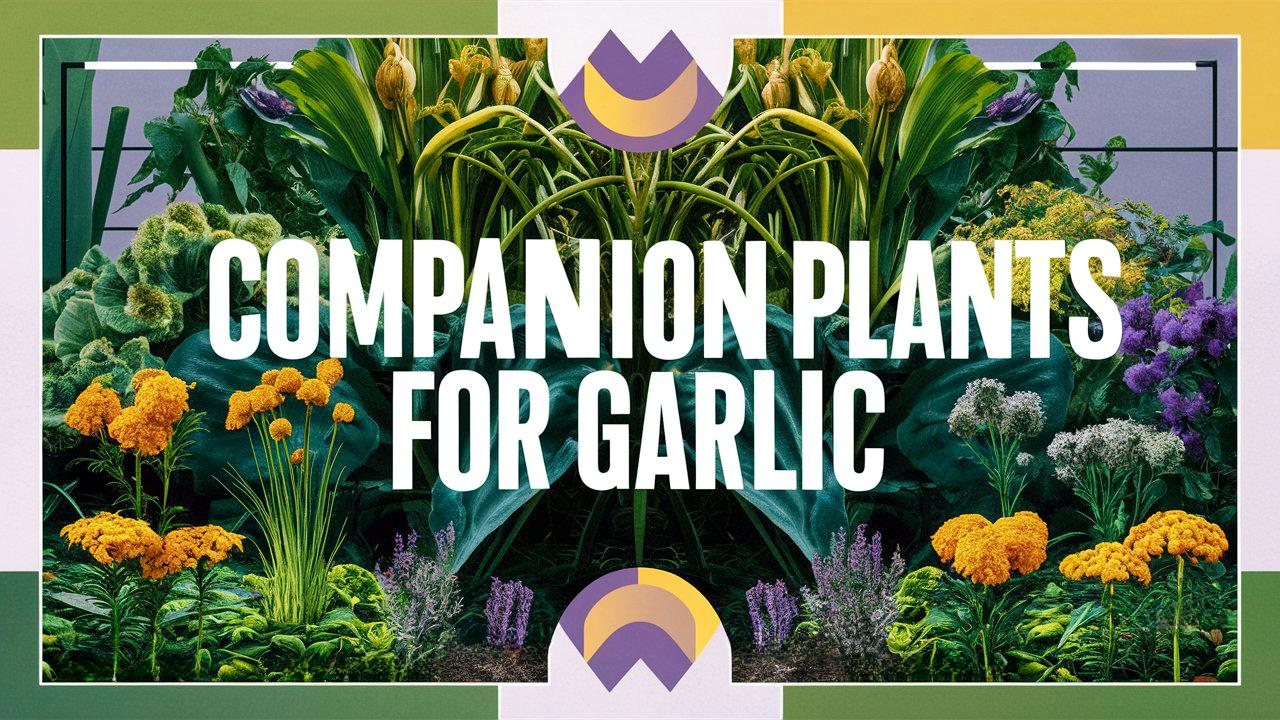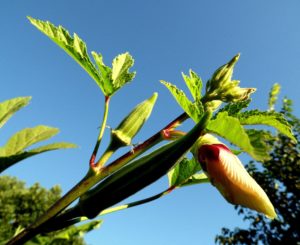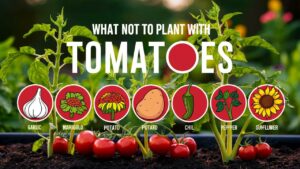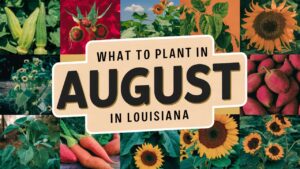Garlic (Allium sativum) is one of the most versatile plants in the garden, valued for its robust flavor, culinary uses, and health benefits. However, its role as a companion plant is equally critical. Understanding which plants grow well alongside garlic and which should be avoided can create a thriving garden ecosystem.
In this comprehensive exploration, we’ll dig into specific companion vegetables, fruits, flowers, and herbs for garlic, expanding on each to provide rich details about their benefits and interactions.
Vegetables and Fruits That Grow Well With Garlic
Garlic is known to thrive alongside many vegetables and fruits, enhancing growth and providing pest control through its strong aroma. Here’s a closer look at some excellent companions for garlic.
Beetroot
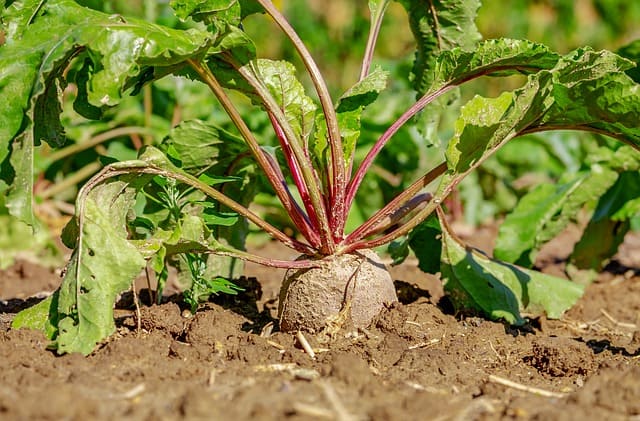
Beetroot and garlic are a match made in gardening heaven. Both crops thrive in similar soil conditions, preferring well-drained, loamy soils with a pH level between 6.0 and 7.0. Planting garlic near beets can help keep aphids and other pests at bay, as garlic emits sulfur compounds that are particularly offensive to many insects. Additionally, the deep taproots of beetroot can aerate the soil, benefiting garlic’s growth by allowing deeper root penetration. The two crops can also be staggered in terms of planting schedules; garlic is typically planted in the autumn while beets are a spring crop, thus maximizing space and yield in the garden. Furthermore, beetroots add a wealth of color and nutrition to your harvest, being rich in vitamins A and C, iron, and antioxidants.
Cabbage
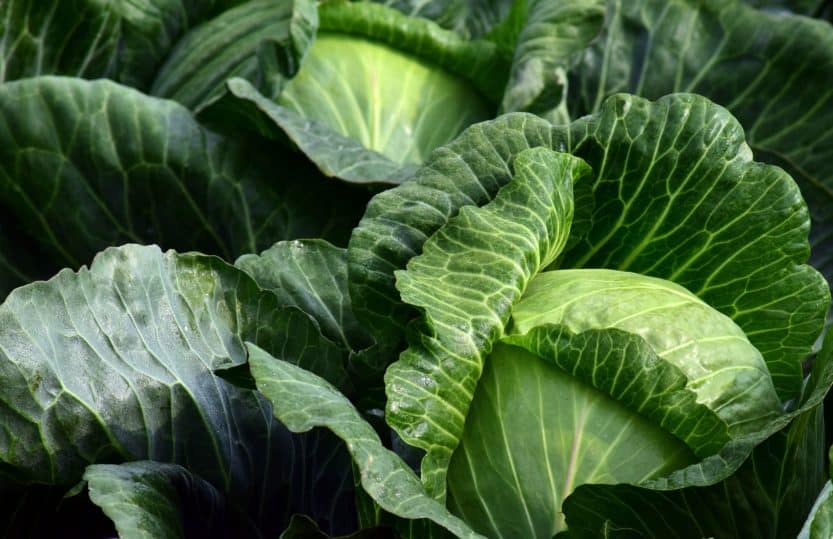
Cabbage is not just delicious; it also thrives when grown with garlic. Garlic’s pungent aroma effectively deters cabbage moths, caterpillars, and aphids—common pests for cabbage and other cruciferous plants. Garlic’s antifungal properties can help create a healthier environment for growing cabbage, minimizing the risk of diseases such as downy mildew. Cabbage and garlic can share the same cultural practices: both prefer cool weather, allowing gardeners to plant them together in spring or late summer for a fall crop. Additionally, the high vitamin C content in cabbage coupled with garlic’s health benefits makes this pairing not just strategic from a gardening perspective but also advantageous for nutrition.
Spinach
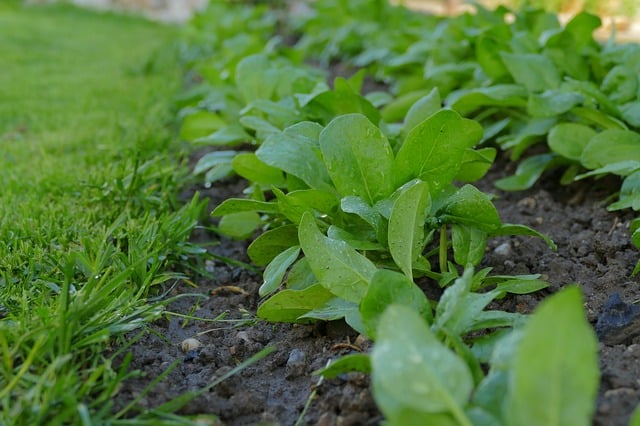
Spinach benefits considerably from being planted alongside garlic. The natural pungency of garlic acts as a deterrent for pests such as aphids, which can be devastating to young spinach plants. Spinach grows rapidly and can be planted early in the season – often being ready for harvest in as few as 30 days. Garlic, when planted with spinach, can also provide partial shade, helping to keep spinach leaves cooler during hotter months. The combination can be timed well, allowing garlic to mature and be harvested shortly before spinach grows large enough to provide necessary shade. Furthermore, both plants enjoy similar soil and watering needs, allowing for efficient care and cultivation.
Potatoes
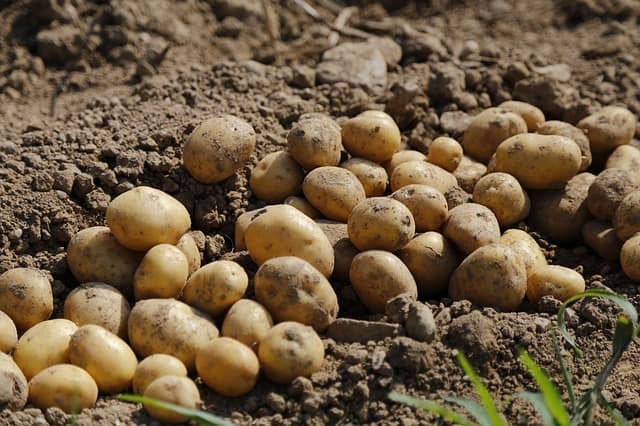
Garlic can be a beneficial companion for potatoes, working in conjunction to deter pests. The strong scent of garlic repels the notorious Colorado potato beetle and other pests that threaten potato crops, including aphids and nematodes. When planning a garden, it’s essential to give each plant sufficient space since potatoes grow underground and garlic produces bulbs. While garlic may compete for nutrients if planted too closely, if spaced appropriately, they can thrive in the same vicinity. Both crops also appreciate well-drained, slightly acidic soil. Moreover, garlic’s protective benefits can allow for a more robust potato harvest, making the duo a perfect balance in the vegetable patch.
Carrots
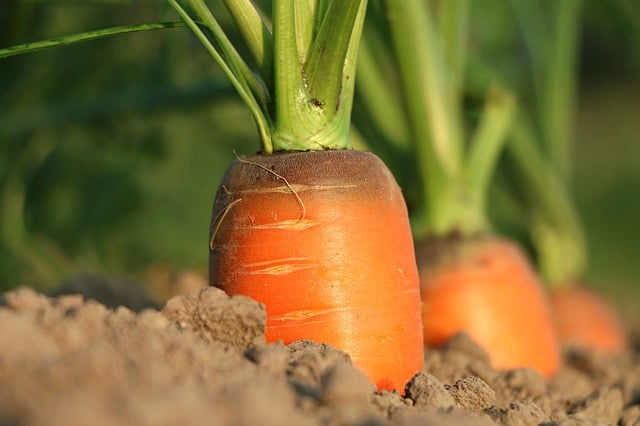
Carrots rank high on the list of compatible garlic companions. The strong aroma of garlic is known to mask the scent of carrots, making it more challenging for pests, particularly the carrot fly, to locate them. In addition to pest deterrent properties, the roots of garlic and carrots occupy different soil layers: garlic grows just below the surface while carrots dig deeper. This complementary root structure allows for efficient use of underground space, maximizing yield in smaller areas. Both crops flourish in similar soil conditions—preferably rich in organic matter and well-drained—and they can be planted together in the spring for a bountiful harvest.
Tomatoes
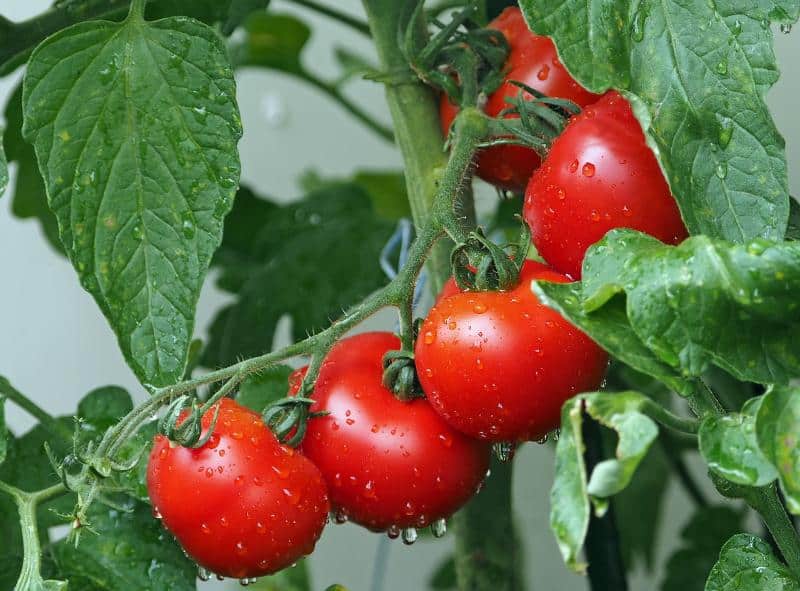
Tomatoes and garlic are not just culinary allies but also thrive together in the garden. Garlic’s strong scent repels a range of pests that afflict tomatoes, including aphids, spider mites, and whiteflies. Furthermore, the antifungal properties of garlic promote healthier tomato plants by minimizing the chances of blight and fungal diseases that often plague tomato crops. Both garlic and tomatoes require full sun and well-drained soil, making them suitable companions. When planted together, they can create a micro-ecosystem where beneficial insects can flourish. This symbiotic relationship not only protects tomatoes but also creates a garden with a diverse culinary bounty, enriching both flavor and nutrition in meals.
Kale
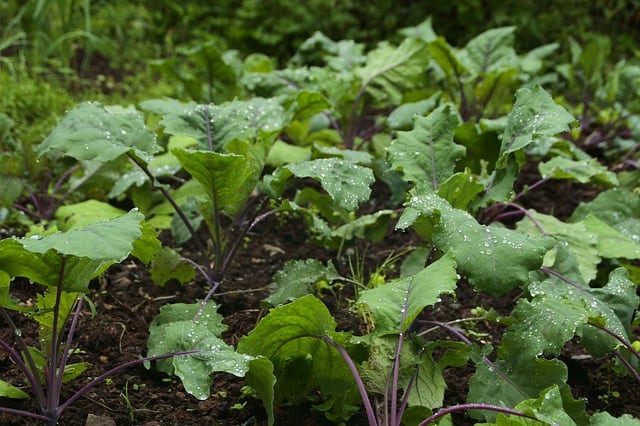
Kale benefits significantly from growing alongside garlic due to added pest protection. Garlic is effective in deterring common pests such as aphids, cabbage loopers, and other insects that disrupt kale growth. Additionally, both crops are well-suited to cooler weather, allowing for simultaneous planting and harvesting in the spring and fall months. Kale, being a nutrient powerhouse filled with vitamins K, A, and C, pairs well with garlic’s health-promoting compounds such as allicin. Furthermore, intercropping kale and garlic can lead to healthier plants that mature simultaneously and require similar care, enriching the harvest experience.
Flowers and Herbs That Grow Well With Garlic
In addition to vegetables and fruits, garlic can engage beneficial partnerships with various flowers and herbs, contributing to a more resilient garden ecosystem. Here are some standout companions among flowers and herbs.
Nasturtiums
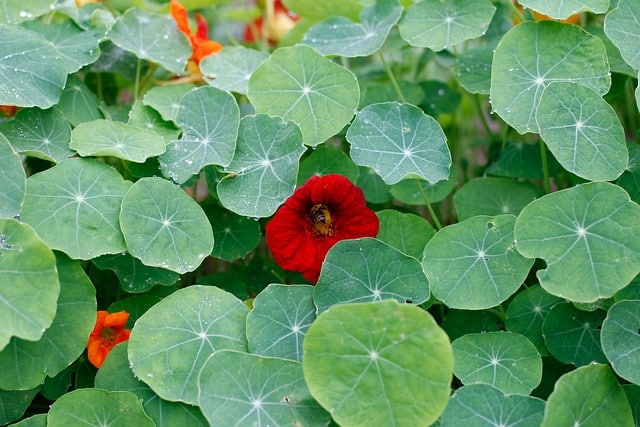
Nasturtiums bring vibrant color to the garden while serving as a biological control for pests. Known for attracting aphids, nasturtiums divert these pests away from garlic and other plants. They also act as a trap crop; when aphids gather on nasturtium leaves, gardeners can easily remove the affected foliage before it becomes a larger problem for their garlic plants. Nasturtiums thrive in a range of soil types and enjoy full sun, allowing them to flourish alongside garlic, which makes extra moisture as they grow. Beyond pest control, nasturtiums offer edible leaves and flowers with a peppery taste, enhancing salads and other dishes.
Marigolds
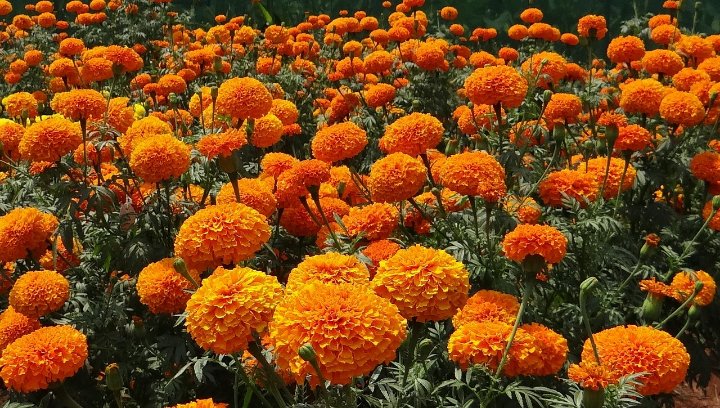
Marigolds are a beloved companion plant famed for their pest-repelling properties. When grown alongside garlic, marigolds help combat nematodes and other pests that may threaten garlic crops. The sulfur compounds within marigolds contribute to their effectiveness in deterring pests such as aphids, making them ideal neighbors in the garden. Moreover, their vigorous growth can provide some ground cover and shade for garlic bulbs, enhancing soil moisture retention. Marigolds bloom throughout the summer, creating a beautiful and colorful backdrop while also attracting pollinators, which aids in the overall health of the garden ecosystem.
Roses
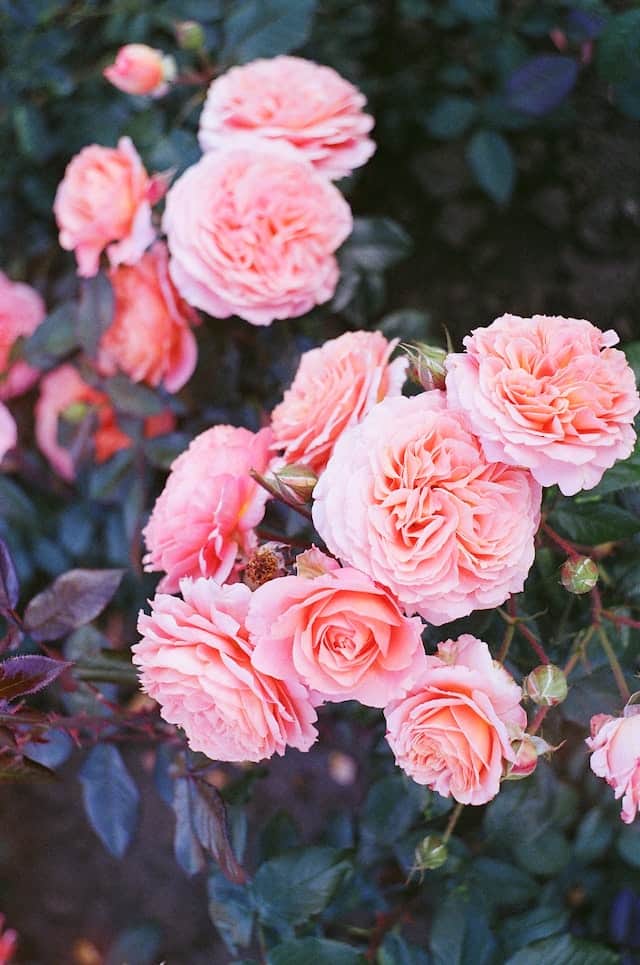
Roses and garlic form a remarkable companionship, providing unique benefits to each other. Garlic’s strong scent helps deter aphids and various beetles commonly attracted to roses, protecting these delicate blooms from damage. Furthermore, planting garlic near roses can improve soil drainage as both species thrive in similar well-draining conditions. The diverse growing habits of garlic combined with aesthetic roses create an alluring garden space. Additionally, garlic’s natural pest deterrence can lead to healthier and more vibrant flowers, offering a win-win situation for gardeners who want to enjoy beautiful roses while protecting their investments.
Dill
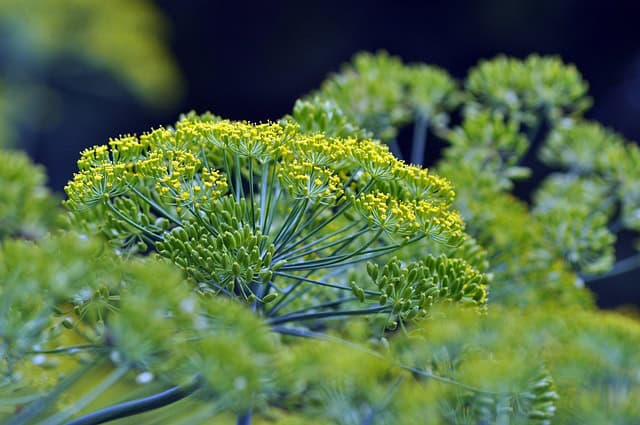
Dill is a herb that complements garlic in many ways. While it can attract beneficial insects that act as natural predators to harmful pests (including those that may target garlic), it can also support pollinators, which enhances the overall health of the garden. Dill has a unique growing habit, and its tall, feathery foliage can provide partial shade to garlic, protecting it from stronger sunlight and creating a micro-climate that supports both plants. Also, dill’s aromatic properties work harmoniously with garlic in the kitchen, creating delightful culinary combinations. This pairing is not only beneficial for pest management but also for gardeners interested in cultivating a range of herbs.
Chamomile
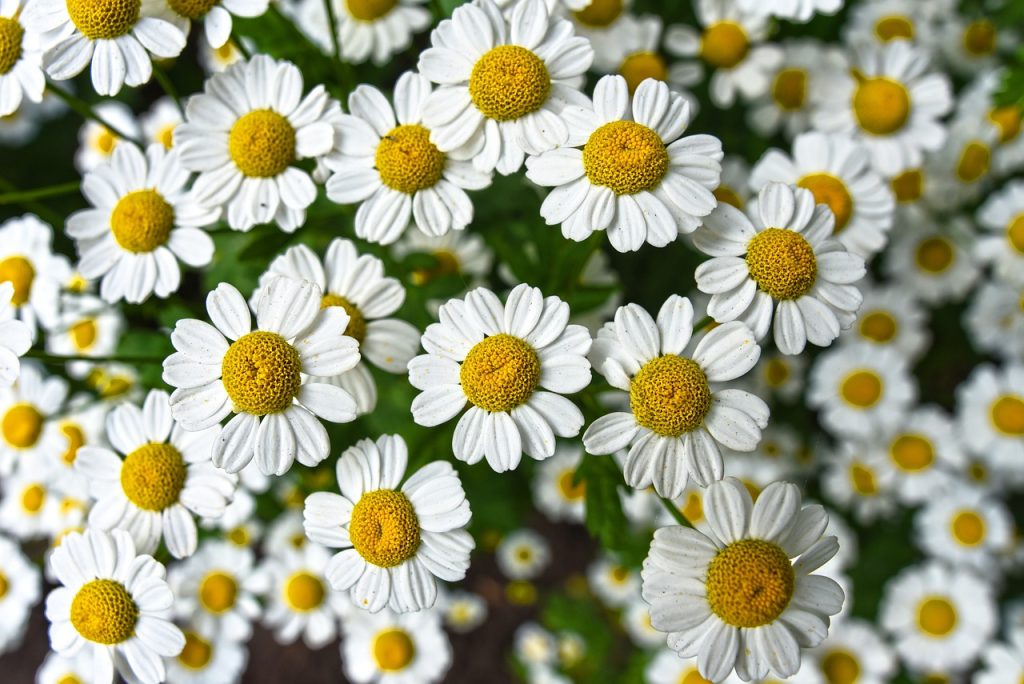
Chamomile is well-known for its calming qualities in herbal medicine, but it also holds considerable value in the vegetable garden. When grown with garlic, chamomile attracts beneficial insects that prey on pests and pollinators, bolstering biodiversity. Furthermore, studies suggest that chamomile can enhance the essential oil content of nearby garlic, leading to a more flavorful harvest. While chamomile prefers well-drained soil, it can thrive in the same conditions that garlic requires. As an added bonus, both plants offer culinary uses, with chamomile serving as a soothing tea and garlic enhancing myriad dishes.
Rue (Ruta graveolens)
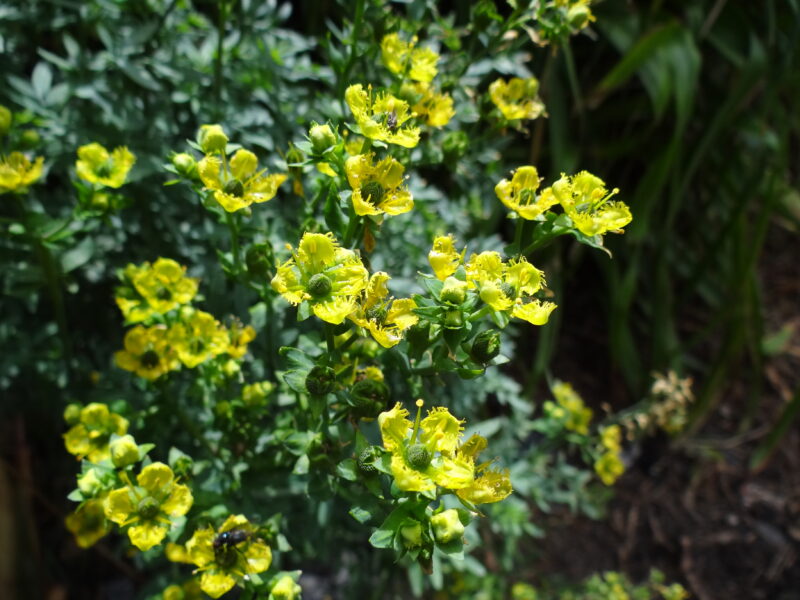
Rue is an herb with a long history in gardening, serving as a powerful companion for many crops. When planted near garlic, rue can help repel pests including aphids, cabbage moths, and even rabbits. Though rue’s growth can be variable depending on soil quality, it prefers poor soils, which means it will not compete for resources with garlic, allowing both plants to flourish. Additionally, rue has a reputation for its medicinal qualities, and its leaves have been used in various herbal remedies. However, it is important to note that rue can be toxic if ingested in large quantities, so gardeners should use caution if planting around edible crops.
Strawberries
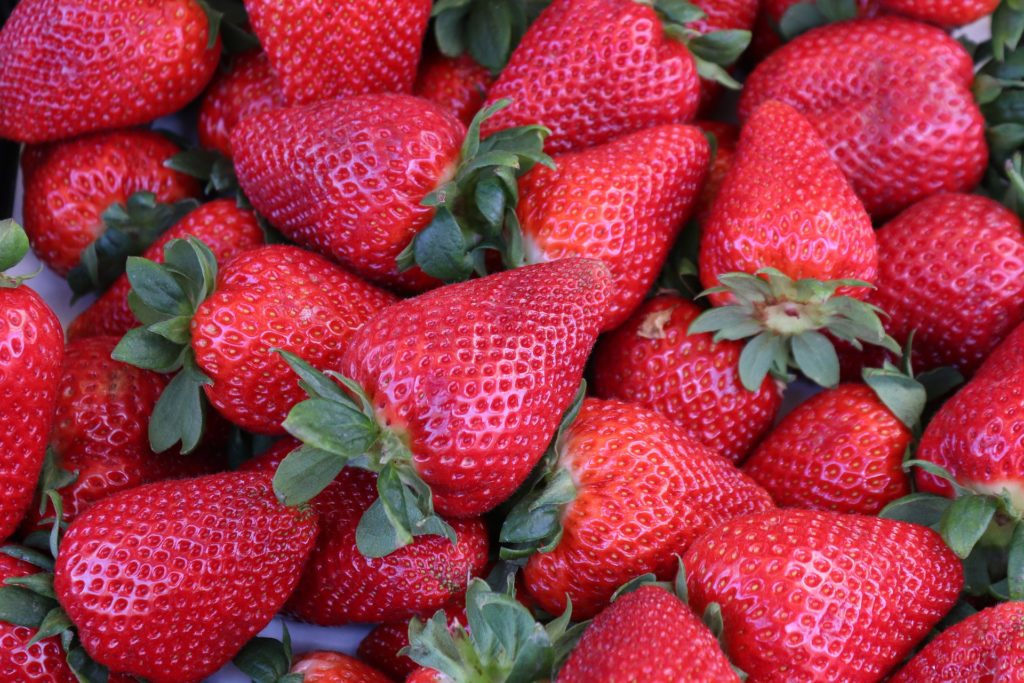
Planting strawberries with garlic can yield a fruitful partnership. Garlic’s pest-repelling properties can be particularly beneficial to strawberries, helping to ward off the strawberry weevil and other insects that threaten strawberry crops. The two plants enjoy similar sunlight and soil moisture requirements, making them easy to care for together. In addition to protecting strawberries from pests, garlic can also help prevent fungal diseases that may afflict strawberries during wetter seasons. The vibrant red of strawberry fruits against the backdrop of thriving garlic plants creates an attractive aesthetic while providing a rewarding and diverse harvest.
Plants to Avoid Planting with Garlic
While garlic can thrive alongside many plants, several crops do not fare as well when grown near garlic. Understanding these incompatibilities can help gardeners optimize their planting strategies.
Beans
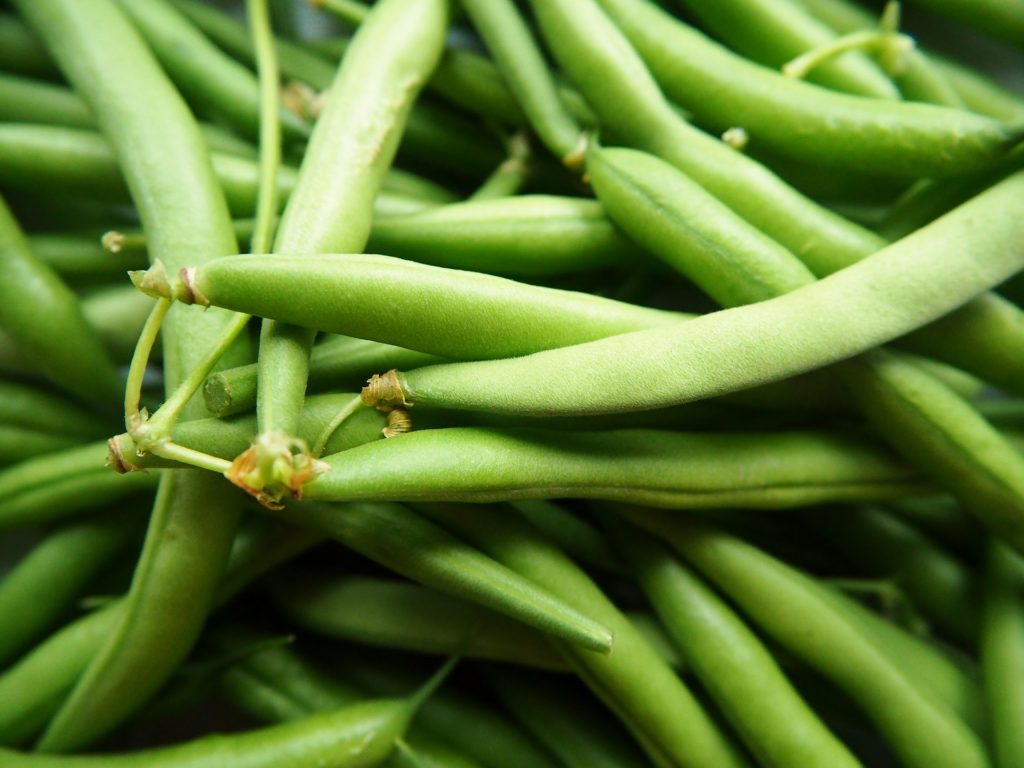
Beans do not grow well near garlic primarily due to competition for nutrients. Garlic can inhibit the growth of bean plants, leading to loss of vigor and reduced yields. Additionally, garlic’s strong flavor can affect the taste of beans when grown in proximity. Since beans fix nitrogen in the soil and garlic prefers lower nitrogen levels, the two crops are generally considered incompatible. Keeping garlic and beans separated allows each crop to flourish in its preferred conditions.
Asparagus
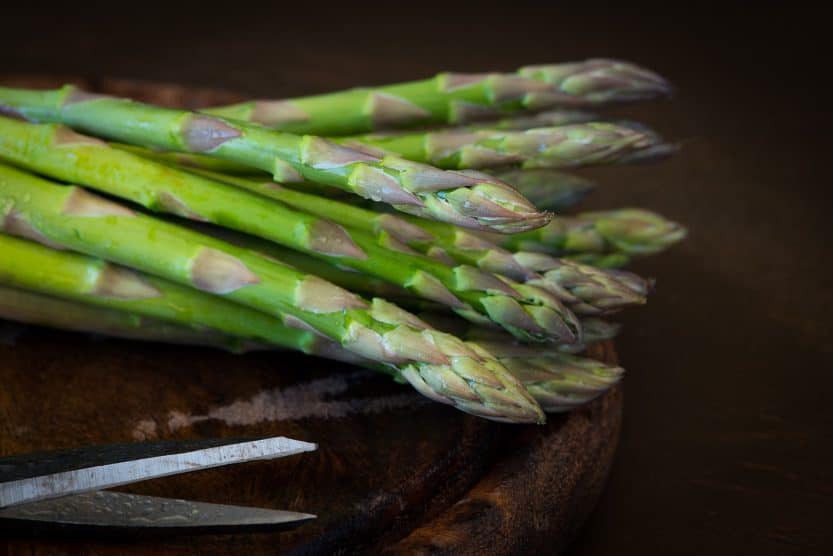
Asparagus and garlic do not pair well together for several reasons. Garlic often competes for nutrients and space with asparagus, inhibiting their growth. Asparagus is more prone to diseases such as rust, and garlic’s growth habit can interfere with air circulation, exacerbating these issues. Moreover, while garlic prefers moist soil, asparagus requires well-drained conditions, leading to conflicting watering needs. By planting them apart, gardeners can ensure both asparagus and garlic have the conditions they require for optimal growth.
Sage
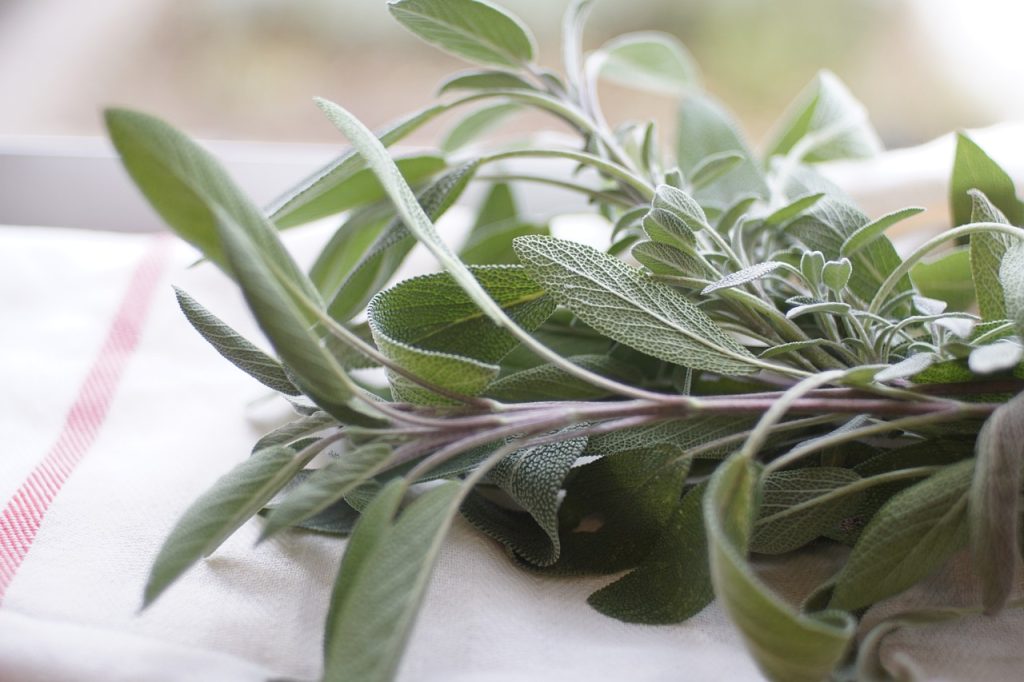
Sage is another herb that does not benefit from being planted near garlic. These two plants have differing growth habits that can lead to competition for nutrients and garden space. Sage is a drought-tolerant herb, while garlic prefers consistently moist conditions, creating conflict in watering needs. Additionally, sage can inhibit the growth of garlic through allelopathic interactions, where certain plants release chemicals that impede the growth of their neighbors. Keeping sage and garlic apart will foster growth and health for both plants in the garden.
Parsley
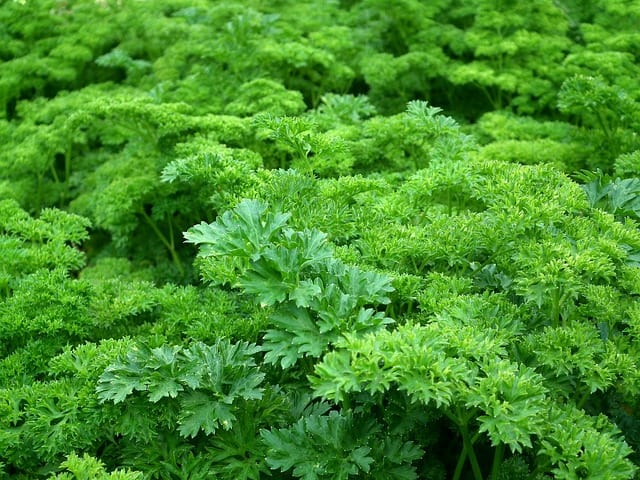
Parsley is often considered a less than ideal companion for garlic due to its growth behavior. Both plants tend to require similar resources, leading to competition for nutrients and space. As a result, parsley may not achieve its full flavor potential when grown near garlic, and its overall growth can be stunted. By separating these two herbs, both can thrive without the interference of one another, ensuring a healthier harvest for each crop.
Other Alliums
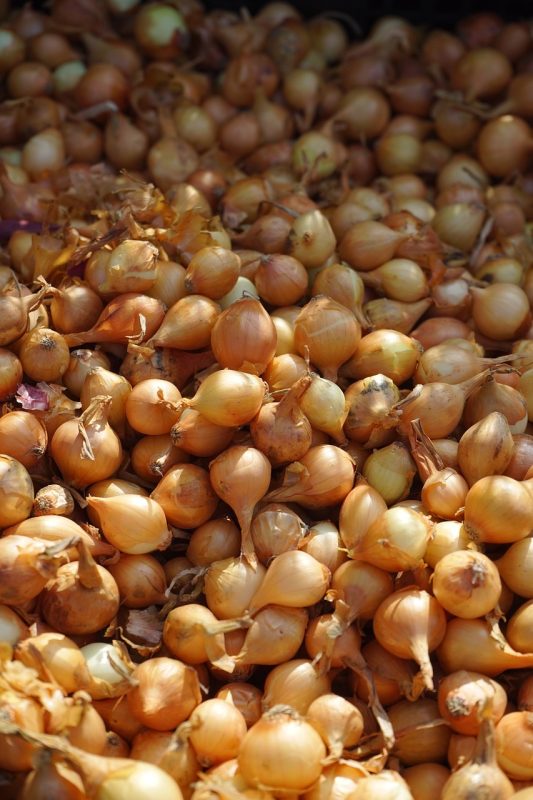
Growing garlic near other Alliums—such as onions, leeks, and shallots—can pose challenges. While garlic is well-regarded for its pest-repelling qualities, planting garlic and onions together can lead to reduced growth for one or both crops due to shared nutrient needs. These plants are susceptible to similar pest issues, resulting in higher risks of disease transmission. Furthermore, garlic and its relatives compete for the same nutrients in the soil, making it prudent for gardeners to keep them separated to promote healthier plants and greater yields.


